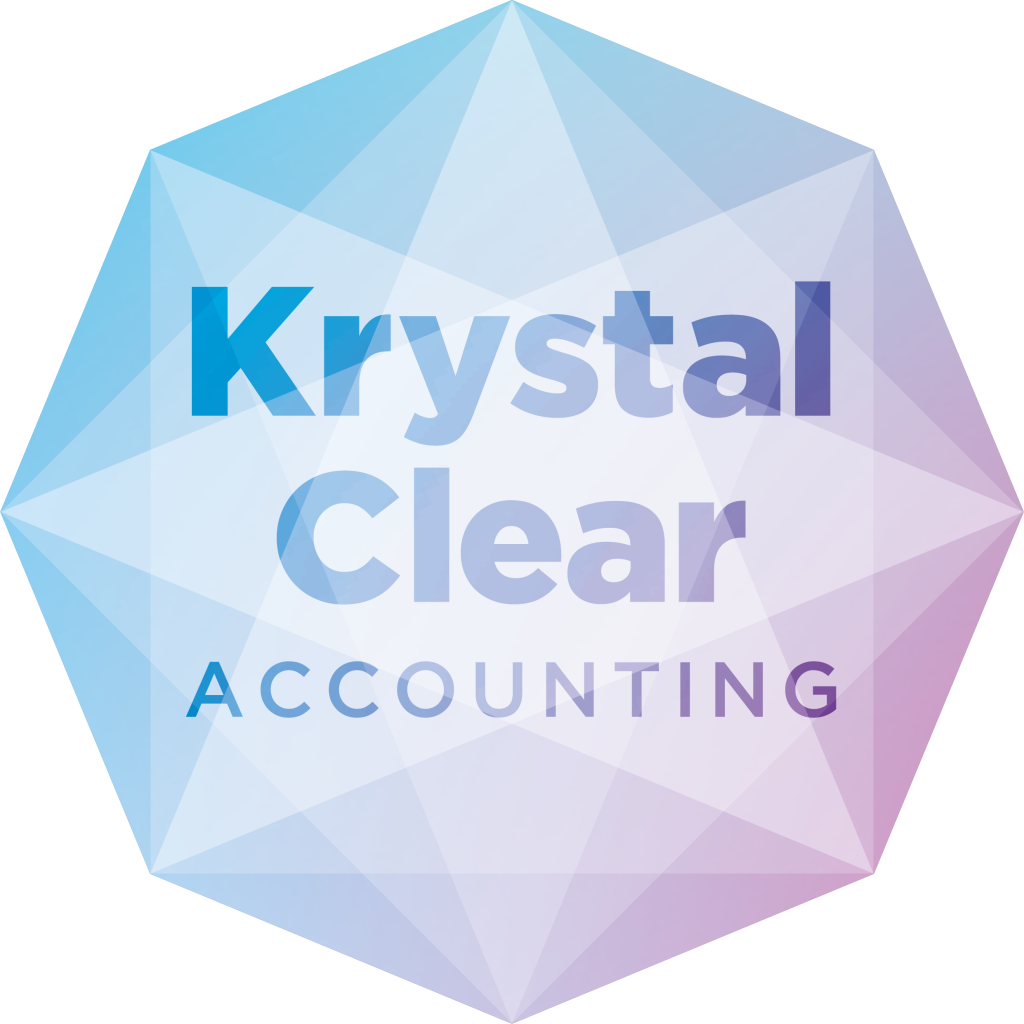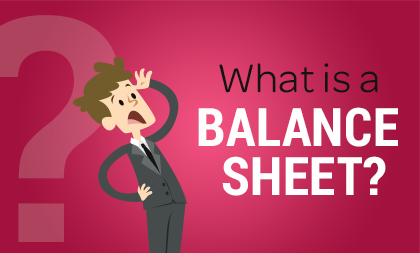Do you know what a balance sheet is and why it’s produced?
If not watch this video and Kim will explain all!
If you’d like some help when it comes to understanding your business balance sheet give us a call on 0161 410 0020 or ping us an email to wecare@krystal-clear.co.uk
What is a balance sheet?
Have you ever wondered what all the fuss is about? We find a lot of business owners don’t really understand a Balance Sheet or why they are produced.
My name is Kim Marlor and I’m the MD of Krystal Clear Accounting and in this video, I will explain all.
A balance sheet is, in effect a snapshot of a company’s financial health & performance at a point in time, usually produced at its year-end date.
If your year-end date is the 31st of December, then that’s the date that it, is produced and it will show the values of everything at that point.
So, let’s look at what it actually shows.
The top of a balance sheet shows all the fixed assets of a business, this could be actual physical assets like Premises, Plant and machinery which is valued using a generally accepted accounting principle and there are often notes in the external Annual Statutory Accounts showing how these figures have been arrived at and what depreciation charges have been applied.
Depreciation is a notional charge which is used to show a fair value of what a second-hand asset is worth if you were to buy it in. It is worth noting though, that this might not be what you expected or what you could actually buy that second-hand asset for.
There could also be intangible fixed assets for example goodwill. This is a subjective valuation based on certain metrics and is used to take account of the trading history that a business has built up over the years. It is worth noting that this is very difficult to actually quantify and hence it is called an intangible asset.
You would then total up all the non-current assets as we call the above. This is because it would be very difficult to convert these into cash or cash equivalents and quickly!
Current Assets is the next section
Here are all the assets of the business valued at a point in time which typically a business would be looking to convert into cash at some point. These are called current assets.
This could include a valuation of all the stocks in the business if there are any. If you are a business that manufactures a product then you will have raw materials, work in progress and finished goods stock ready for sale but haven’t yet been sold to a customer.
If you are a service provider like a website designer, you may have a website that is in production and partially finished so it will have a value as it is work in progress but isn’t yet fully finished and delivered to the client and therefore you haven’t had the cash!
It would also include all the Trade debtors or people who owe you money that haven’t paid your sales invoices by the year end but are liable to pay as there is no issue about non-payment. Always a good idea to ensure your customers pay to time to improve your cash position – so don’t forget to chase when they become due.
Often in current assets is cash in the bank at that date and any other receivables owing to the company.
You would add up the current assets and add to the value of the fixed assets above, to get a figure for the total assets owned by the company.
The next section is all the liabilities
So, this again is split into current and non-current liabilities.
Examples of current liabilities would be monies owed to your Trade creditors or suppliers which are due, but you haven’t yet paid over.
It’s highly likely that this could also include any taxes not yet paid but due to HMRC whether for Corporation tax, VAT or PAYE.
For Non-current liabilities or often known as creditors falling due after more than one year! This would be any long-term borrowings like a bank loan or funding circle type lenders. You may have lease liabilities or Hire Purchase agreements.
You may also have some deferred taxes.
Again all these liabilities both short and long term would be totalled up.
You would then show your total net assets less your total liabilities and hopefully, this will be positive!!
The final section is more commonly known as Shareholders Capital and reserves or sometimes called Equity attributable to shareholders. It is often hardly looked at!!
This tends to be the called up share capital and any share premium account if there is any – The called up share capital is usually a small amount like a pound.
There is also the retained reserves which are any profits from previous years (since the company began trading) that have been carried forward and not distributed as a dividend!
The retained earnings focuses on the financial strength of the business. How much profit has been left in the business?
Ideally, you want this number to be going up each year.
Financial lenders look at this to assess credit worthiness and be looking for evidence of retained earnings increasing year on year.
This figure should balance to the net assets figure above. If it doesn’t there is an error!
If you’d like to have a chat over a coffee (Virtually or face to face) and to see what is possible, all you need to do is call me or one of my team on 0161 410 0020 or email wecare@krystal-clear.co.uk
Hope that helped. Please subscribe to our YouTube channel so you don’t miss any of the content we release. Feel free to hit like and share, thanks for watching.


